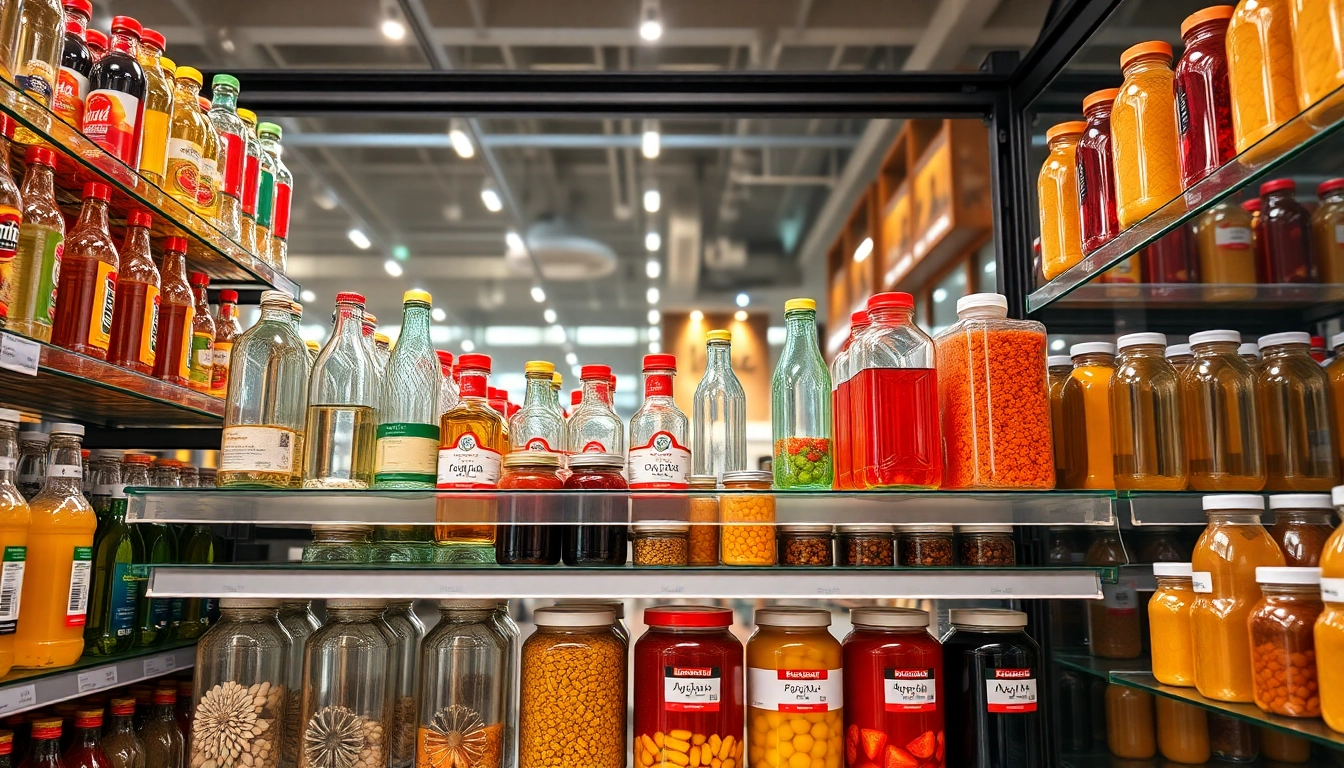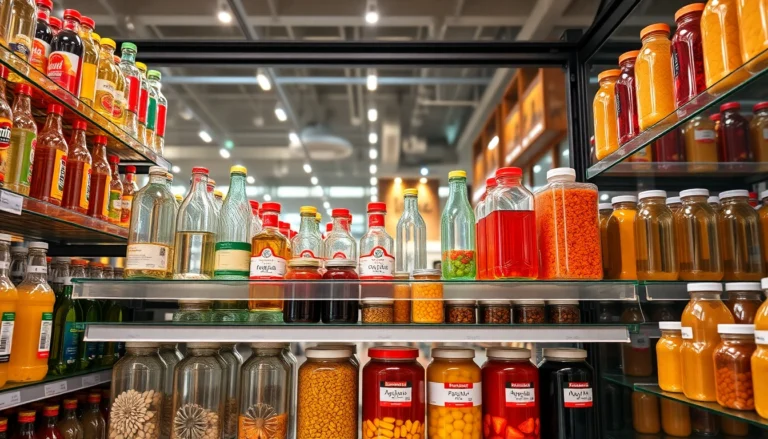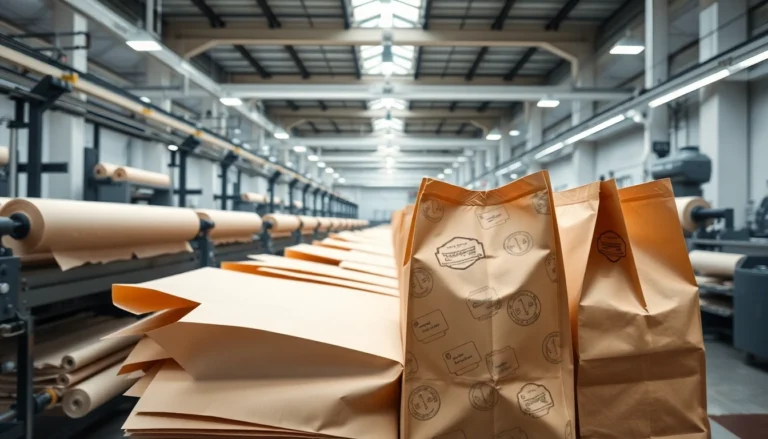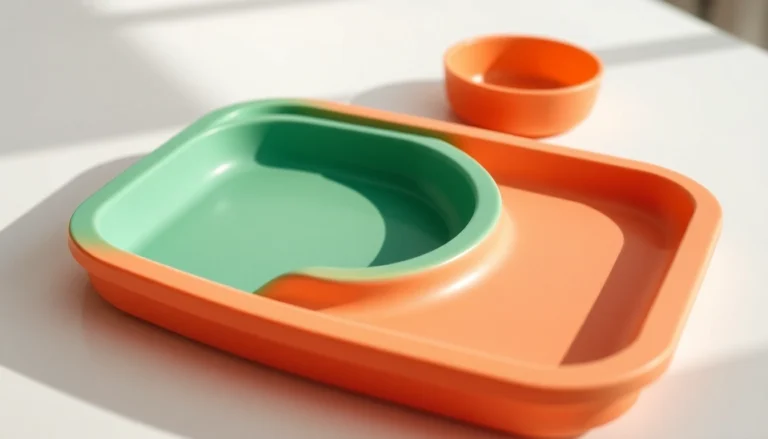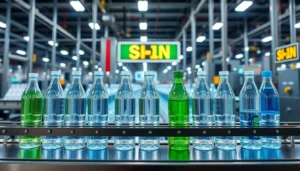Introduction to Plastic Sise and Packaging Materials
In the modern packaging industry, plastic bottles, commonly referred to as plastik şişe, and other packaging solutions play a pivotal role in preserving product integrity, ensuring safety, and enhancing brand visibility. From food and beverages to cosmetics and chemicals, the choice of packaging material influences not only product quality but also market competitiveness. As global demand for versatile and sustainable packaging grows, understanding the characteristics, advantages, and customization opportunities of plastic and glass packaging becomes vital for manufacturers, retailers, and brand strategists.
Understanding Different Types of Plastik Sise
Plastic bottles, or plastik sise, come in a variety of types, each tailored for specific applications. Commonly used plastics include Polyethylene Terephthalate (PET), high-density polyethylene (HDPE), polypropylene (PP), and polyethylene (PE). PET is favored for carbonated beverages due to its clarity and strength. HDPE offers excellent chemical resistance, making it suitable for detergents and oils. PP is appreciated for its heat resistance, ideal for hot-fill products. These variants enable manufacturers to select packaging that aligns with product requirements, sustainability goals, and cost considerations.
Advantages of Using Plastic Sise for Packaging
Plastic bottles offer numerous benefits that have cemented their dominance in packaging industries. They are lightweight, reducing transportation costs and carbon footprint. Their durability minimizes breakage during handling and transit, which is a significant advantage over glass containers. Additionally, plastic’s moldability allows for a wide range of shapes and sizes, facilitating innovative branding and functional designs. The ability to incorporate features like tamper-evident caps, measuring scales, and ergonomic grips further enhances user experience. Moreover, plastic packaging can be easily recycled, especially with the advent of eco-friendly materials, supporting sustainability initiatives.
Market Trends and Demand for Plastik Sise
Current market trends indicate a rising global demand for plastic bottles driven by expanding industries such as personal care, pharmaceuticals, and food & beverage sectors. Consumer preference shifts towards convenience and portable packaging solutions bolster this demand. Innovations in biodegradable and compostable plastics are also shaping future trends, aiming to address environmental concerns. E-commerce growth and the need for secure, tamper-proof packaging further influence the customization and robustness of plastik sise. According to recent studies, consumer awareness about eco-friendly options is pushing manufacturers towards integrating sustainable practices, thus creating a dynamic landscape for plastic packaging innovations.
Quality and Selection of Plastik Sise and Cam Products
Key Features to Consider When Choosing Plastik Sise
When selecting plastic bottles, several critical features should be evaluated. These include material quality, which affects durability and chemical compatibility; wall thickness for strength and sealing; and compatibility with filling processes. The design should facilitate easy filling, sealing, and dispensing, with considerations for ergonomic handling. Additionally, transparency or opacity influences product visibility and branding opportunities. Certifications such as food-grade compliance and environmental standards ensure safety and sustainability, which are increasingly important for consumers and regulatory agencies alike.
Comparing Cam Products and Their Benefits
Glass (cam) products offer a distinct set of advantages, such as chemical inertness, recyclability, and premium appearance. They are ideal for high-end products, specialty foods, and beverages where aesthetic appeal matters. Glass is impermeable and non-reactive, maintaining the purity of sensitive contents. However, it is heavier and more prone to breakage compared to plastic, which necessitates careful handling and storage. The decision between plastic and glass depends on factors like product type, branding strategy, cost constraints, and logistical considerations. For example, premium spirits or luxury cosmetics often prefer glass for its sophisticated look, while everyday consumables may favor plastic for practicality.
How to Select Durable and Cost-Effective Packaging
Choosing the right packaging involves balancing durability with cost efficiency. This requires assessing the product’s shelf life, required protective properties, and end-user convenience. Utilizing high-quality plastics with optimized wall thickness can extend product lifespan without incurring excessive costs. Suppliers offering bulk purchasing and reliable delivery schedules enable economies of scale. Additionally, considering lightweight options and minimalist design can reduce material costs and shipping expenses. Incorporating eco-friendly materials not only aligns with sustainability goals but can also appeal to environmentally conscious consumers, providing a competitive edge.
Innovative Accessories and Customization Options
Available Accessories for Plastik Sise and Cam Containers
Enhancing packaging functionality often involves accessories such as tamper-evident caps, dispensing pumps, spray nozzles, and decorative labels. These accessories improve usability, safety, and aesthetic appeal. For instance, flip-top caps or child-resistant closures ensure safety, while measuring scales aid precise usage. Custom inserts and anti-slip grips can improve handling. For glass containers, decorative caps, foils, and specialized seals add visual appeal and product protection. Automation in attaching accessories streamlines production, ensuring consistency and efficiency.
Custom Printing and Branding Solutions
Brand recognition is significantly influenced by customized packaging. Techniques such as screen printing, heat transfer decals, label stickers, and embossing provide versatile options to display logos, product information, and creative designs. Advanced digital printing allows for short-run, high-quality visuals that can be changed according to marketing campaigns. Embossed textures and holographic effects add perceived value, especially for luxury products. Engaging branding on packaging not only attracts consumers but also fosters brand loyalty and makes the product stand out on retail shelves.
Enhancing Product Appeal with Accessories
Accessories like decorative caps, personalized labels, and unique closure systems can dramatically elevate product presentation. Such enhancements encourage consumer interaction and trust. For example, eco-friendly cork stoppers combined with transparent plastic bottles give a rustic yet premium look, appealing to artisanal brands. Using color-coded caps and bespoke branding elements makes product identification easier and reinforces brand identity. Moreover, packaging that is easily customizable allows brands to adapt to seasonal promotions, limited editions, or niche markets efficiently.
Usage, Storage, and Handling Tips
Best Practices for Filling and Sealing Plastik Sise
Proper filling and sealing processes are crucial for maintaining product integrity. Filling should occur in clean, sanitized environments to prevent contamination. Automated filling lines with precise volume control reduce waste and ensure consistency. Proper sealing—whether via heat, induction, or crimping—must create an airtight environment, especially for perishable products. Quality control measures, such as vacuum testing or leak detection, are essential to verify sealing efficacy and prevent spoilage or leakage during distribution.
Proper Storage Conditions for Glass and Plastic Containers
Storage environments should be optimized based on material and product specifications. Plastic bottles typically perform well in a wide range of temperatures but should be kept away from direct sunlight to prevent degradation. Glass containers should be stored in stable, cool, and dry conditions to avoid thermal stress and breakage. Proper stacking with protective padding minimizes risk of damage during warehousing. Ventilation and humidity control further preserve the quality of both plastic and glass containers, ensuring longevity and safety for end consumers.
Safety Measures and Regulatory Compliance
Compliance with safety standards and regulations is non-negotiable in packaging. All materials must adhere to local and international food-contact standards, such as FDA or EFSA certifications. Proper labeling with ingredient lists, usage instructions, and safety warnings is mandatory. For certain industries, additional compliance with child-resistant or tamper-evident packaging laws is necessary. Regular audits and supplier certifications help maintain high safety standards, fostering consumer trust and avoiding costly recalls or legal issues.
Boosting Business Efficiency with the Right Packaging
Cost Management and Supply Chain Optimization
Efficient supply chain management reduces costs and delivery times. Bulk purchasing, establishing long-term supplier relationships, and using standardized packaging sizes aid in minimizing logistics expenses. Implementing inventory management software for real-time tracking ensures optimal stock levels, reducing overstocking or shortages. Embracing automation in filling and sealing processes enhances productivity and reduces labor costs, ultimately leading to more competitive pricing for end consumers.
Case Studies of Successful Packaging Implementations
Many brands have successfully leveraged innovative packaging solutions to grow their market share. For example, a wellness beverage company adopted lightweight, custom-branded plastic bottles with eco-friendly caps, resulting in reduced shipping costs and increased brand visibility. Another case involved a cosmetic brand switching to glass bottles with personalized closure accessories, elevating product perception and customer loyalty. These examples illustrate how strategic packaging choices align with brand positioning and operational efficiency.
Measuring Performance and Customer Satisfaction
Continuous evaluation of packaging performance involves tracking metrics such as product spoilage rates, customer feedback, and return rates. Conducting surveys and monitoring online reviews provides insights into consumer perception regarding usability, aesthetics, and environmental impact. Data-driven adjustments—like refining sealing methods or customizing designs—help enhance overall satisfaction. Employing sustainable packaging strategies not only meets regulatory requirements but also fosters strong customer relationships through perceived corporate responsibility.
